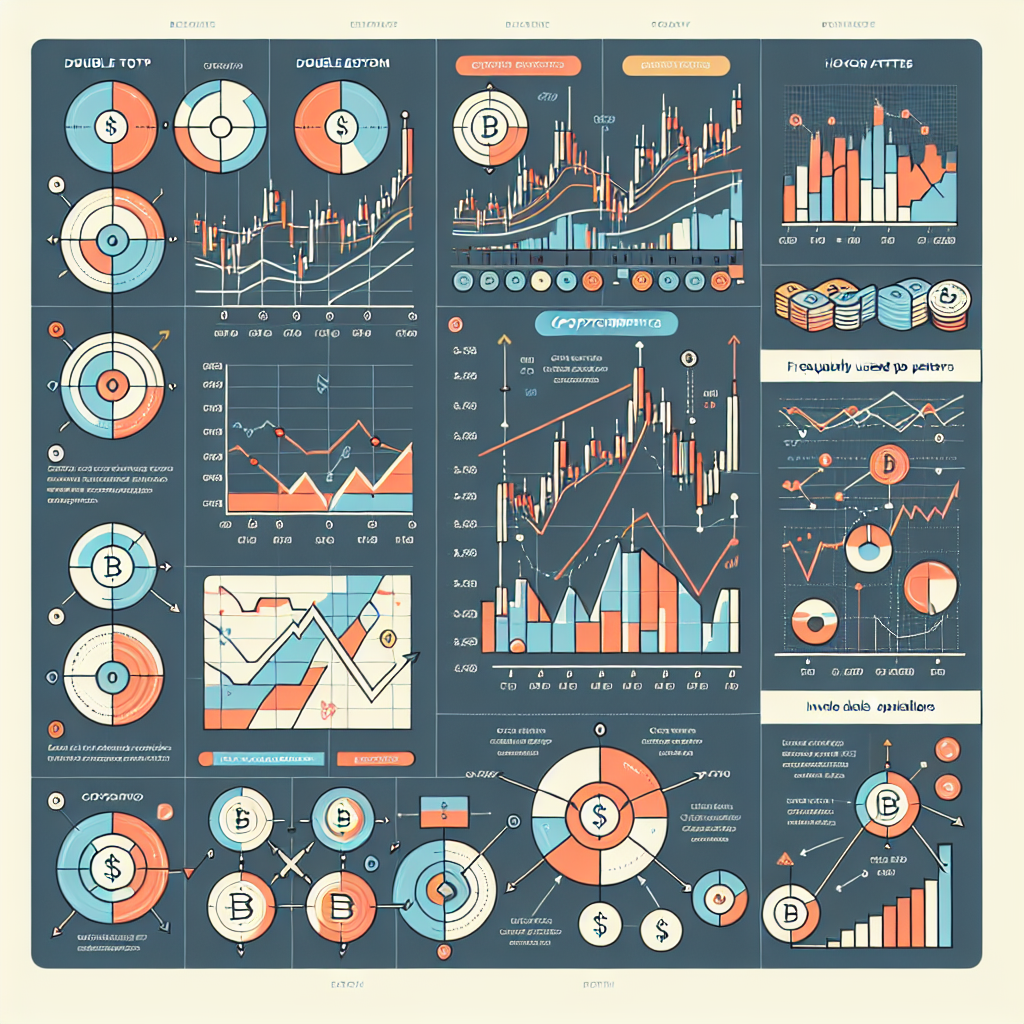How to Use Chart Patterns in Crypto Trading
Cryptocurrency trading is a complex field that requires a blend of analytical skills, intuition, and timely decision-making. One of the most effective ways traders assess price movements is through chart patterns. These patterns, formed by price movements over time, provide valuable insights into market trends and potential future price action. This article explores how to effectively use chart patterns in crypto trading, the types of patterns to watch for, and tips for implementation.
Understanding Chart Patterns
Chart patterns are formations created by the price movements of cryptocurrencies on a chart. Traders use these patterns to determine potential price trends. The rationale behind this practice is rooted in the concept that historical price movements can indicate future behavior. Recognizing these patterns allows traders to make informed decisions regarding entry and exit points.
Common Chart Patterns in Crypto Trading
There are several chart patterns that traders commonly use in the cryptocurrency market. Here are a few of the most prevalent types:
- Head and Shoulders: This pattern indicates a reversal from bullish to bearish trends. It consists of three peaks: a higher peak (head) between two lower peaks (shoulders).
- Double Top and Bottom: These patterns signal potential reversals. A double top occurs after an uptrend and indicates a price rejection at a certain level, while a double bottom indicates a bullish reversal after a downtrend.
- Triangles: Triangles can be ascending, descending, or symmetrical, and they indicate periods of consolidation before a breakout occurs in either direction. Traders often use these triangles to anticipate the breakout direction.
- Flags and Pennants: These patterns represent short-term continuation trends. Flags appear as rectangular shapes, while pennants look like small triangles that form after a strong price move.
Why Chart Patterns Matter in Crypto Trading
Using chart patterns to inform trading strategies can yield substantial benefits:
- Predictive Power: Historical patterns often repeat, making them valuable for predicting future price movements.
- Risk Management: Patterns help traders set stop-loss orders based on key levels of support and resistance.
- Market Sentiment Insights: Patterns reflect trader psychology, which can help in understanding overall market sentiment.
Implementing Chart Patterns in Trading Strategies
To effectively utilize chart patterns in your crypto trading strategy, consider the following steps:
- Study and Practice: Familiarize yourself with different types of chart patterns through simulation or paper trading before applying them in real trades.
- Combine with Other Indicators: Use chart patterns in conjunction with other technical analysis tools like volume, moving averages, and RSI (Relative Strength Index) for confirming trades.
- Set Clear Entry and Exit Points: Determine your entry and exit points based on the completion of a pattern, and always implement stop-loss orders to mitigate risks.
- Keep abreast of Market News: Cryptocurrency markets can be affected by external factors. Always consider market sentiment and news events when making trading decisions.
Case Study: Bitcoin’s Price Movements
To illustrate how chart patterns play out in live markets, consider Bitcoin’s price action over the last year. In early 2021, Bitcoin formed a head and shoulders pattern, leading to a significant price correction. Conversely, after the downtrend, a double bottom pattern appeared around August 2021, predicting its subsequent bullish resurgence.
Statistics also support the efficacy of chart patterns. A study by the reputable trading journal “The Journal of Trading” indicates that recognizing and trading patterns often provides a success rate of about 60-70% when combined with robust risk management practices.
Conclusion
Chart patterns are an invaluable tool for traders navigating the unpredictable world of cryptocurrency. By understanding and recognizing patterns such as head and shoulders, double tops, and triangles, traders can make informed decisions on entry and exit points. While no strategy guarantees success, integrating chart patterns into your trading plan—coupled with sound risk management and market awareness—can significantly enhance your trading performance. As you continue your cryptocurrency trading journey, remember that ongoing education, practice, and adaptation are key to maintaining a successful trading edge.




